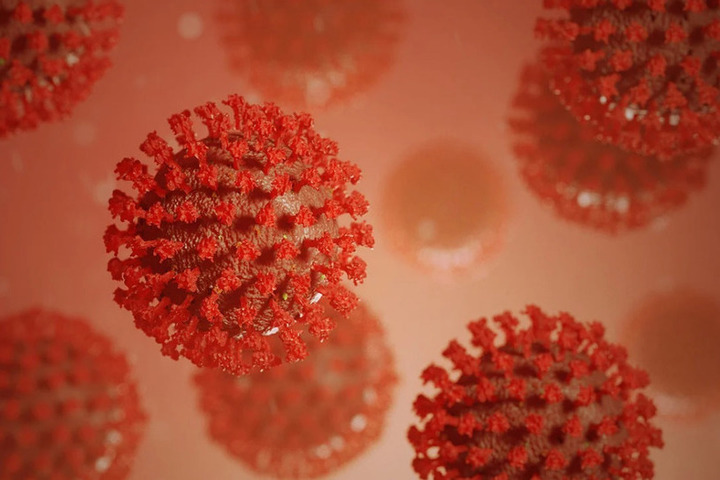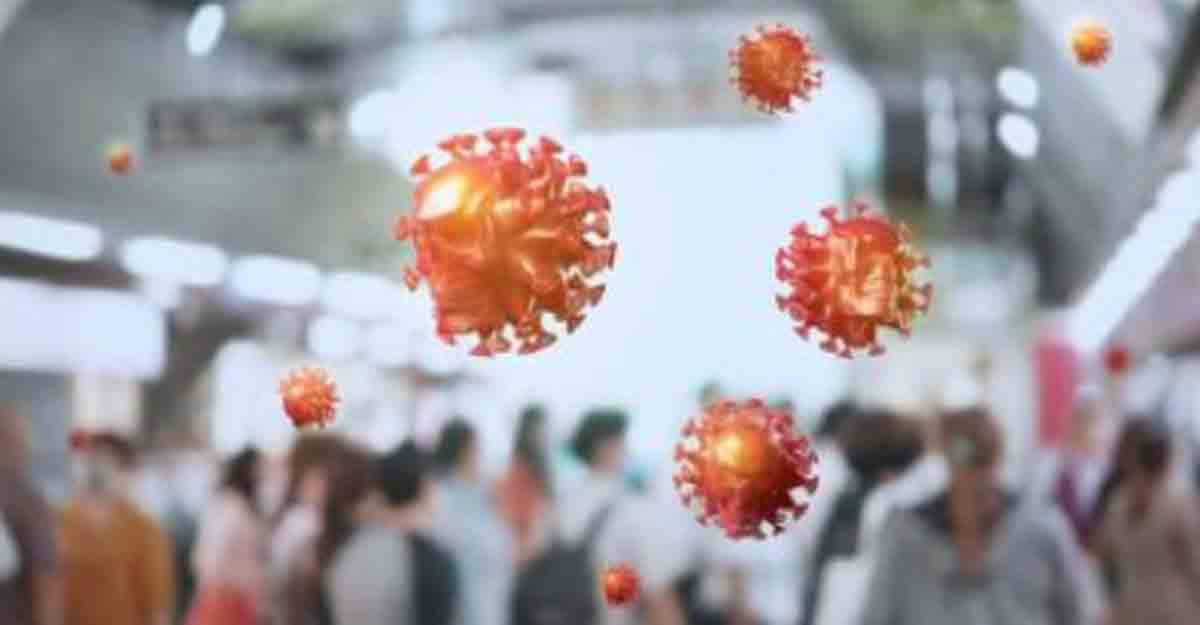It turned out that SARS-CoV-2 can enter cell structures, but not completely
–
People who have had COVID-19 sometimes get it again. The first explanation is that the disease was delayed: the person was cured, but the remains of the virus remained. Another option is re-infection: the immune system could not remember SARS-CoV-2 on the first attempt, and the pathogen again entered the body and began to multiply. Scientists from the Massachusetts Institute of Technology and Whitehead Institute for Biomedical Research in article bioRxiv has offered a third reason why coronavirus is reoccurring.
–
The scientific work says that the coronavirus is able to integrate into human chromosomes, becoming invisible to antiviral defense systems. For example, HIV acts accordingly. The genes of the human immunodeficiency virus are encoded in a molecule of ribonucleic acid (RNA), and at the moment the virus enters the cell, a special viral enzyme (reverse transcriptase) synthesizes a copy of deoxyribonucleic acid (DNA) on the viral RNA. As a rule, human genes from DNA are read into RNA molecules (transcription), however, some viruses have learned to perform the opposite procedure, for this reason the enzyme is called reverse transcriptase. A DNA copy of the viral genome is incorporated into the cell chromosomes, after which it is passed on to the next generations of cells.
Coronaviruses also store their genes in the form of RNA, but they do not have reverse transcriptase, like the human immunodeficiency virus. However, if they are allowed to use this enzyme, they will be able to get into the cellular genome. The authors of the study inserted the HIV reverse transcriptase gene into human cells and then infected such cells with a new type of coronavirus infection. As a result of the work carried out, fragments of the coronavirus genome appeared in the cellular DNA (apparently, SARS-CoV-2 could not fully integrate into the cellular DNA).
Human Immunodeficiency Virus is not the only virus with an enzyme that copies RNA into DNA. There are others – retroviruses. There is a large number of retroviral traces in the human genome: in ancient times, they infected the ancestors of humans, integrated into their chromosomes and fell asleep in them forever. Mutations began to accumulate in the retroviral traces of human DNA, which prevented the virus from waking up – to start producing viral RNA and viral proteins. Some of these retroviruses make up 17 percent of the human genome, and human cells have even learned to benefit from them.
Researchers in their experiments awakened these remnants of retroviruses in order to appear in the cell of reverse transcriptase. It turned out that the enzyme from such sleepy, but awakened retroviruses also promotes the incorporation of SARS-CoV-2 into the cellular genome. Presumably, in those people who were re-diagnosed with the virus after recovery, the enzyme encoded in the dormant retroviral sequences simply worked. A new type of coronavirus infection in the form of DNA has been integrated into the chromosome, and from time to time, RNA is synthesized on the coronavirus sequences, which is determined by analyzes.
However, until now, all this has been observed only in cells growing under laboratory conditions. According to the portal ScienceMany virologists are urging to be wary of the new data and wait for more reliable evidence that SARS-CoV-2 is embedded in human chromosomes. Still, dormant retroviruses in the human genome are very rarely active, and even if they help the coronavirus to get into the chromosome, this should happen in very rare cases. At the same time, one should not forget that SARS-CoV-2 did not enter the cellular genome in its entirety, but only in fragments, and it is unlikely that it poses a threat in such an incomplete form.
– .


